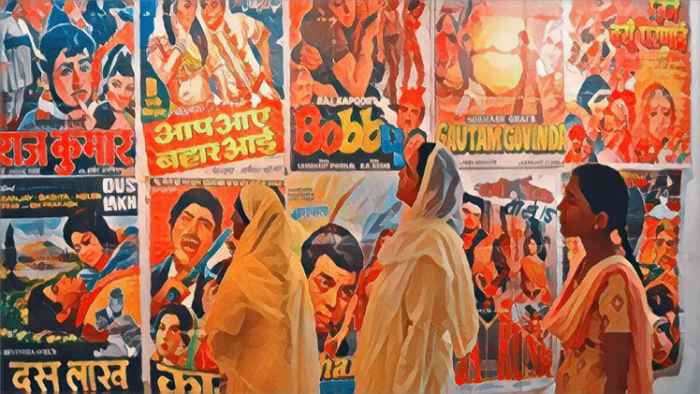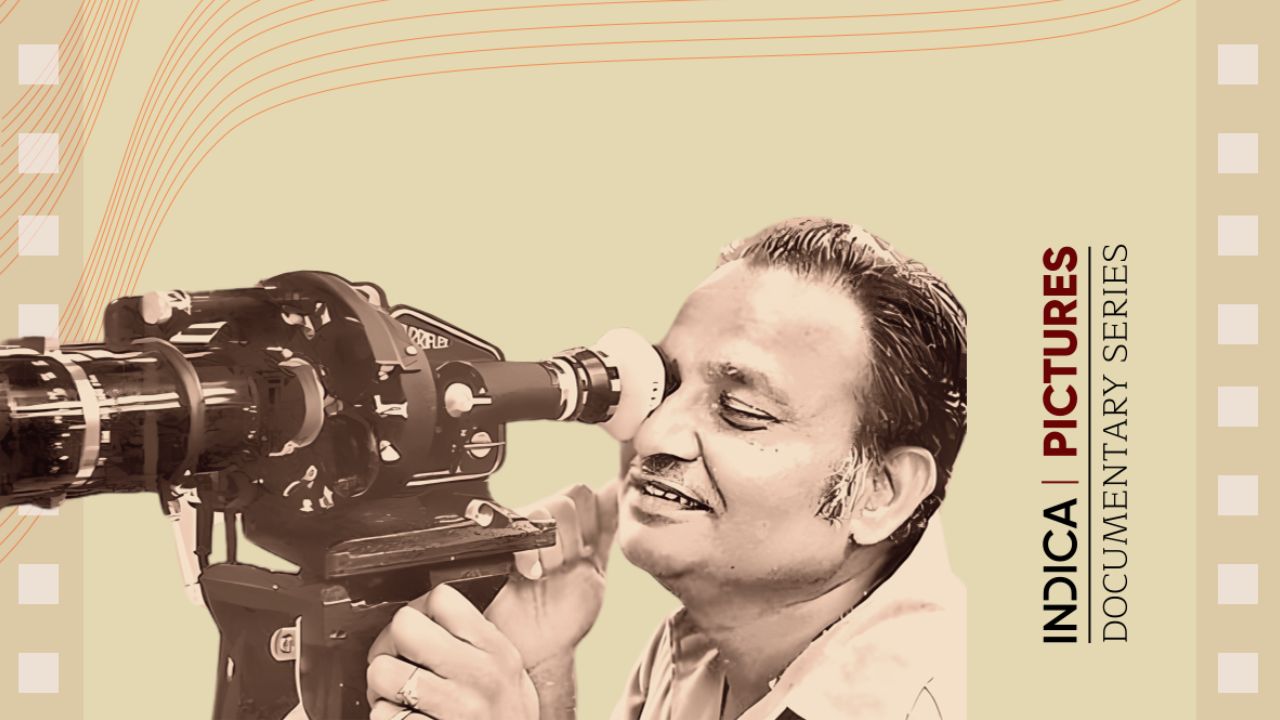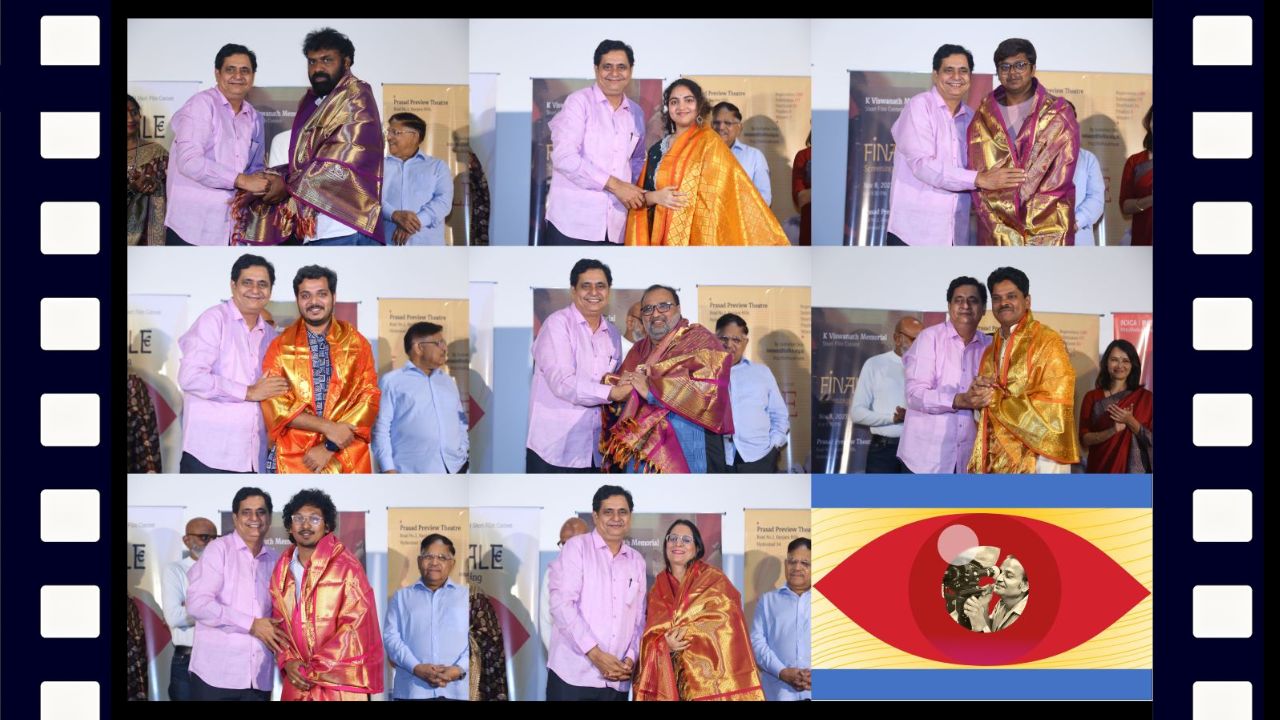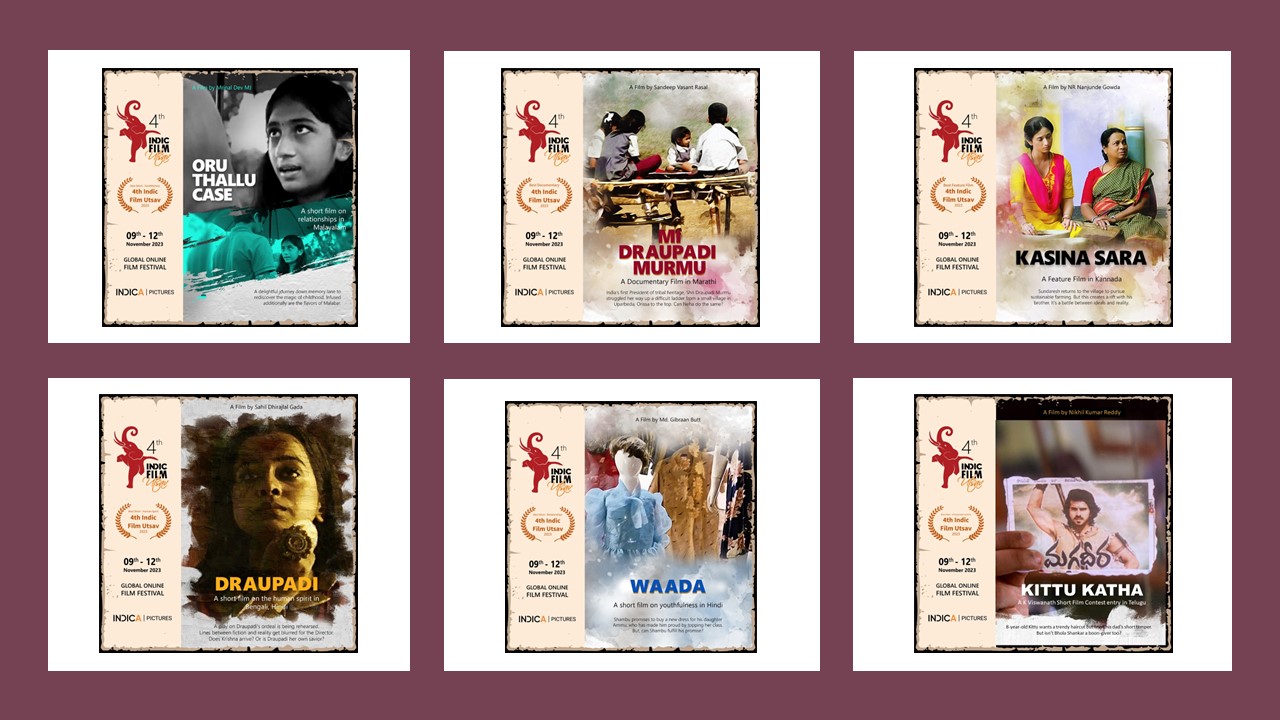As Seen on TV introduces B?hat's cultural review of cinema lens, where we examine the impact movies have played in shaping India.
B?hat is a cultural research organization that cares deeply about the manner in which culture is represented in cinema, television and other media. We produce content, but also analyze depictions in media, with the aim to ensure not only accuracy, but inject a certain wholesomeness and a tethering to our civilizational values. We believe there is a critical need for content to be sensitive to our culture and religion rather than a soapbox for the obverse views of divergent countercultural elements. Our culture, as it should be seen, rather than as the ideation of antithetical ideologues.
Cinema is truly one of the most enduring mediums of entertainment, dissemination of ideas and opinions, and has played a seminal role in the shaping of popular culture since its inception. Quite often it is the center of debate, discussion and conversation in everyday interactions. Movies and TV wield influence in the formation and injection of thoughts, attitudes and aspirations, far more than we are willing to admit. Online content, whether standup comedy, YouTube videos, or other over-the-top media, in one form or another, has become an inseparable part of modern life, with a lot of investment, marketing and deliberation going into the production of new material suited to every imaginable palette.
Some of these movies offer more than just entertainment. Moviemakers in different parts of the country and around the world give us a glimpse into societies and cultures that are not our own, that we otherwise may never be intimately exposed to. They have become informative and educative of the multitude of peoples, languages and lifestyles that exist around the world, even if glossier or more dramatized versions of them. With so much of the population drawing their second-hand information about different cultures from movies, it becomes doubly important for depictions to be sensitive to the people they wish to portray.
While we surely have come a long way from the days of the reductionism and exoticization of India to nothing but snake-charmers, brain-eaters, monkey-worshippers, tigers and fortune-tellers, there still exist common misconceptions and pigeonholing that stem specifically and solely from depictions in cinema. For instance, Bollywood’s idea of weddings has come to be emblematic of the typical Indian weddings, assumed to all be lavish, garish and loud, even setting trends for the elite to ape — while showing almost nothing of the diversity of cultural practices that exist even in even just the Hindi-speaking states of India.
The battle for civilizational triumph is a battle of narratives. And these narratives are forwarded by popular cultural mediums, the most important of which is cinema. Cinema, especially in post-colonial, independent India has influenced society in more ways than one — whether it is something as seemingly harmless as fashion and slang, to the more substantive effect seen on value systems, religion, and political leanings. In its nascent stages, a section of moviemakers and artists remained true to indigenous thought, traditions, and themes, but through the seventies and beyond, the vast majority of Bollywood, especially with a renewed injection of Westernization and modernity, began to popularize the same old stale self-deprecating tropes that belittled the beliefs, “superstitions,” and traditional values of the average Indian. Other language industries soon followed suit. With Western imperial power showing no sign of ebbing, non-Western cultures have always had a long-winded battle with stereotyping, sanctimony, and constant criticism, both from outside and from the Western-educated individuals within. Some amount of artistic license is fair, but the trends and patterns that have been emerging in the past few decades have been a constant battering with the same old clichéd anti-Hindu, often Brahmin-bashing tropes that tend to chip away slowly but steadily at society’s perceptions of itself and create a feeling of insecurity and a diffidence towards cultural or religious practices.
Movies and shows that aim at social commentary as a means to effectuate change and influence ideology have existed for decades, but have become more commonplace with the increased political polarization of society, and have increasingly been taking on a sermonizing character — engaging in guilt-tripping rather than being expository or even simply reflective of society. Despite often being set in larger-than-life and unrealistic themes, audiences tend to draw inferences and even morality from the relationships, characters, and storylines depicted on screen. And the influence is certainly felt. For instance, a cascade of movies and shows narrativizing the Gujarat riots in the aftermath of 2002 succeeded in shifting public opinion through a one-sided, biased view of the issue, egged on by the mainstream media.
The advent of streaming services has changed the face of television forever, and their sphere of influence shall only continue to expand. With Indian film industries already worth billions of dollars and projected to grow exponentially in the coming years, to us here at B?hat, it matters deeply the sort of content that permeates society and influences the generation of the future. This is us answering our own call to action.
__________
“Our attempt at B?hat is to take film reviews beyond the usual and banal tendency to approach movies through Marxist and psychoanalytical lenses. We perceive cinema as a cultural consolidation tool, which helps analyze various ideological predicaments that we generally tend to ignore in films. We believe that films could elevate themselves as an art form if they could use the cultural sensibilities of the people they are depicting without either demonizing or unnecessarily eulogizing them. Also, there is a need to approach movies from a hermeneutics of wonder or curiosity rather than from suspicion. Cinema is ultimately a grand ritual, a ritual made of many small rituals and performances. Hence, there is a need to re-discover that astonishment that we used to experience when we participated in our family and religious rituals. Such an inversion of the cinematic lens, we believe, would also help cinema re-establish itself as a tool of cultural storytelling.”
-Anurag Shukla, at B?hat
***Earlier it was posted in brhat ***




